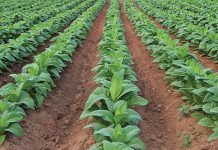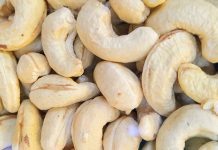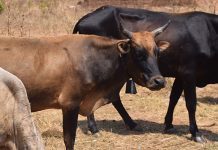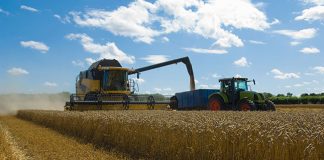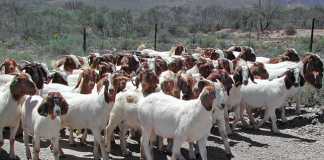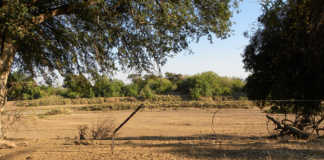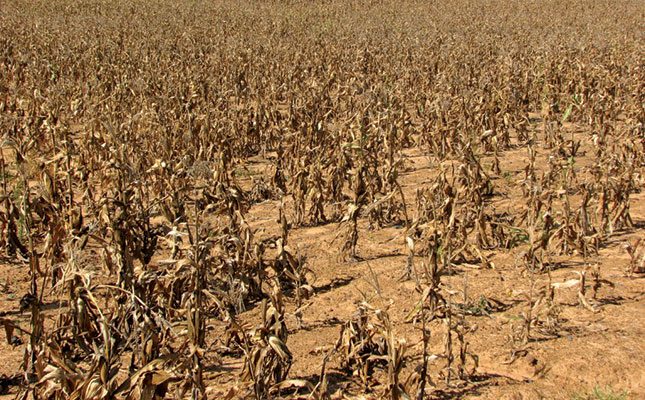
This was ascribed to the persistent drought in that country, and the extreme drought conditions in February 2024 in particular.
According to a report by Reuters, Zimbabwe’s tobacco production was expected to go down by at least 10% to 265 million kg in 2024 from a record crop of 296 million kg last year because of the drought.
The area of tobacco cultivated declined 3% to 113 000ha in the current season, from 117 000ha last year. In Zimbabwe, Africa’s largest tobacco producer, the crop was one of the country’s main foreign currency earners.
READ Factors influencing maize yield
It brought in a record $1,2 billion (about R22,8 billion) in 2023 from exports mostly to China.
The updated Southern Africa Climatic Outlook Forum seasonal forecast indicates that below-normal rainfall and dry conditions could continue across the country in April 2024.
According to the UN’s Office for the Coordination of Humanitarian Affairs, persistent dry conditions caused a marked shortage of indigenous vegetables and fruits, green harvest and limited casual labour opportunities.
Some traders are reported to have started hoarding grains in anticipation of a poor harvest, which could cause price increases.
READ Reducing water loss from soil
The situation is exacerbated by the fact that Zimbabwe’s annual blended inflation rate rose to 47,6% in February 2024 from 34,8% in January 2024. Consumer prices rose 5,4% month-on-month.
The Food Poverty Line in the local ZWL currency increased 78% compared to January 2024, while the Total Consumption Poverty Line increased 178%.
According to the World Food Programme’s HungerMap, the number of Zimbabweans facing insufficient food consumption and those employing ‘crisis and above’ food-based coping strategies went up over the past three months.
“The cost of the monitored minimum expenditure food basket (MEB) increased by an average of 57% for rural markets and 49% for urban markets in the local currency and remained stable in USD terms. The price of fuel rose in ZWL and remained stable in USD terms,” the report said.


